The Flavor Matrix, by James Briscione with Brooke Parkhurst, is like no other cooking reference you’ve ever seen: a gorgeously designed introduction to using molecular similarities to pair ingredients you might never have thought to try together.
Briscione first lit on the concept when he collaborated with a team from IBM to train an offshoot of its Watson supercomputer to perform and compare scientific analyses of foods. Using data from the Volatile Compounds in Food Database, Chef Watson, as it was called, drew on scientific breakdowns of ingredients to create unusual recipes with varying amounts of success.
Any given ingredient can contain hundreds of wide-ranging aromatic compounds, which all come together to create the unique flavor of a particular ingredient. The idea that two ingredients that share a high number of these compounds might go well together is not exactly new — the VCF database has been around since the 1970s, and others have made successful use of the knowledge it contains — but Briscione and Parkhurst, who collaborate on a number of different culinary ventures as husband and wife, have made the idea accessible like never before.
The authors’ own secret ingredient is Dutch graphic designer Jan Willem Tulp, who brilliantly visualized the concept with a series of infographics like the one you see at the top of this page. Each ingredient’s compounds are arranged in large groupings around a wheel, representing different types of flavors like “fruity,” “vegetal,” etc. Jutting out from those wide bands are sub-groupings of different types of foods (“fruity” breaks down into “citrus” and “tropical,” among other categories). From there, individual ingredients within those subgroups extend even farther, and here’s where the action happens: the farther out a specific ingredient’s bar extends, the more compounds it has in common with the core ingredient.
Briscione and Parkhurst’s thesis is that the more alike two ingredients are in this way, the more likely they are to pair successfully. Classic pairings indeed share long arms on the wheel — on the tomato page, there are relatively long arms for basil, cheese, and olive, key ingredients to make a delicious caprese (well, the oil from the olive, anyway). And if you like your caprese with balsamic, guess what? Balsamic’s bar on the tomato page is even longer than those for olive and cheese. But then, the wheel also reveals surprising pairings: who knew a tomato goes well with honey or tea (or maybe both — I haven’t tried that yet).
You still need to pick and choose among pairings; you can’t just pick four long arms around the wheel, put them together with the core ingredient and expect alchemy to occur. There’s still much to be said for proportions, technique, and simply not overdoing the matching game.
Briscione, a two-time winner of Food Network’s Chopped, provides some specific demonstrations not only with some concise lists of suggested and surprise pairings, but also original recipes that make use of some of the more unusual pairings, such as his Spicy Fish Sauce Peanut Brittle.
However you use it, The Flavor Matrix is an absolutely stunning book that is also an inspiration to be creative in the kitchen in smart ways. It’s so beautiful that it could live either in your pantry with other cookbooks or sitting out on your coffee table. Speaking of which, it kind of seems like coffee goes with everything; it’s even a long arm on the lettuce page.
Note on product links: as an Amazon Associate I earn from qualifying purchases.
Image from The Flavor Matrix, by James Briscione with Brooke Parkhurst, designed by Jan Willem Tulp, published by Houghton Mifflin Harcourt


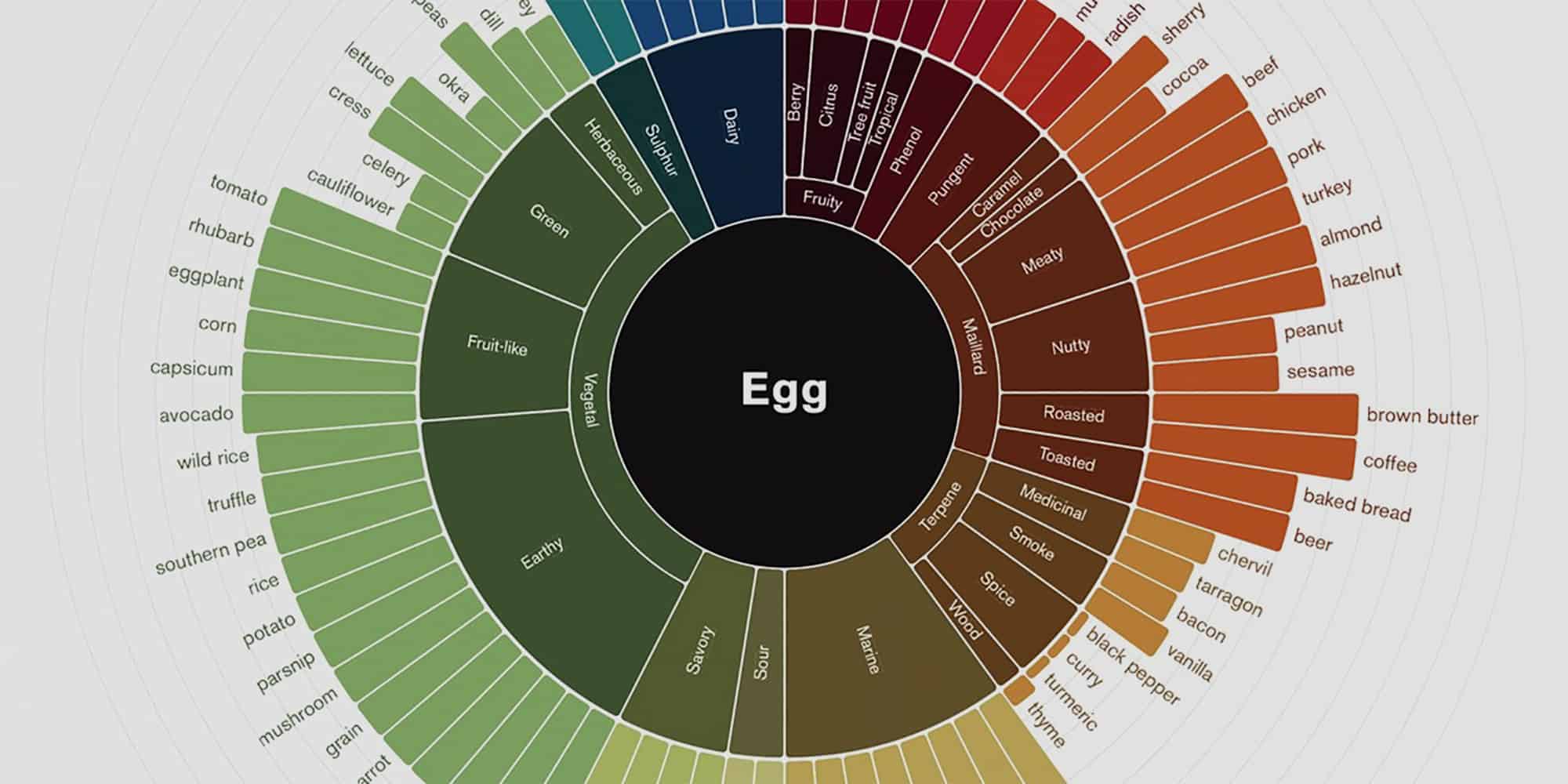
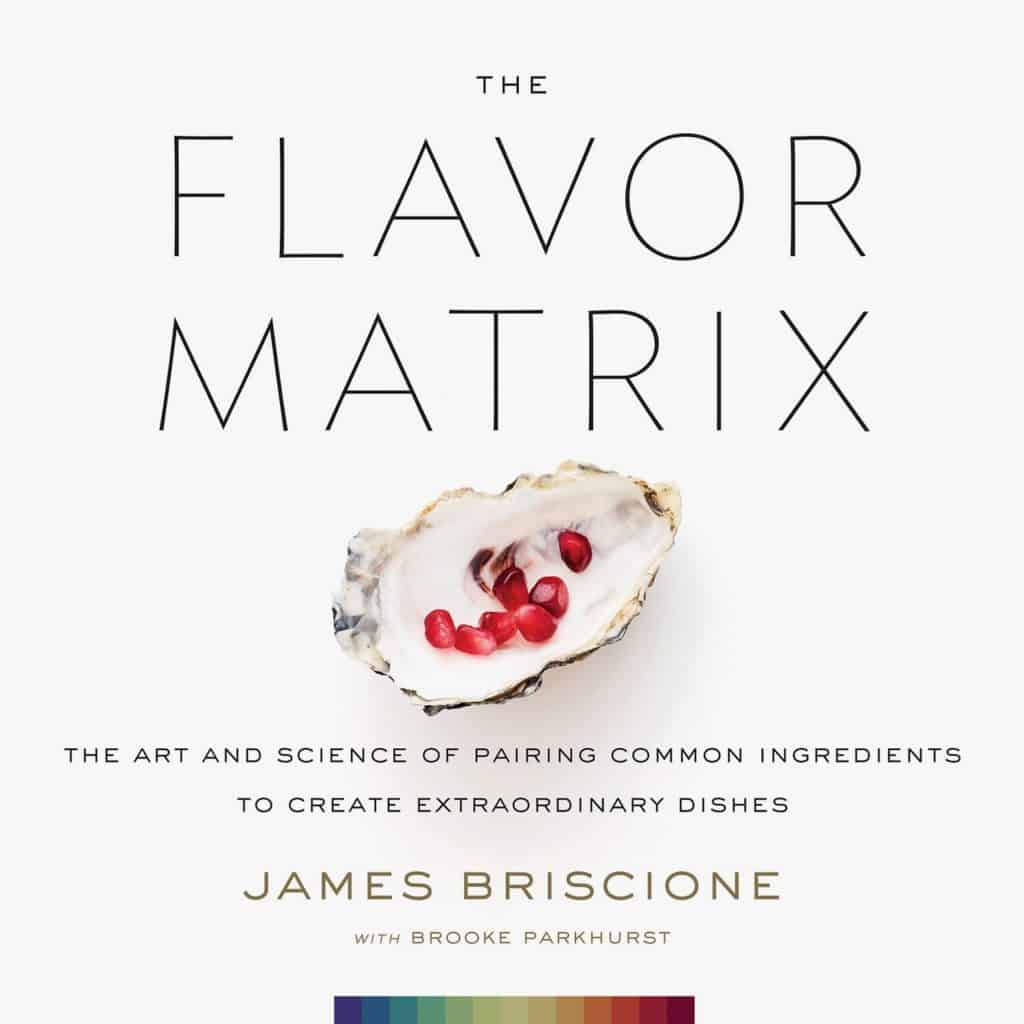
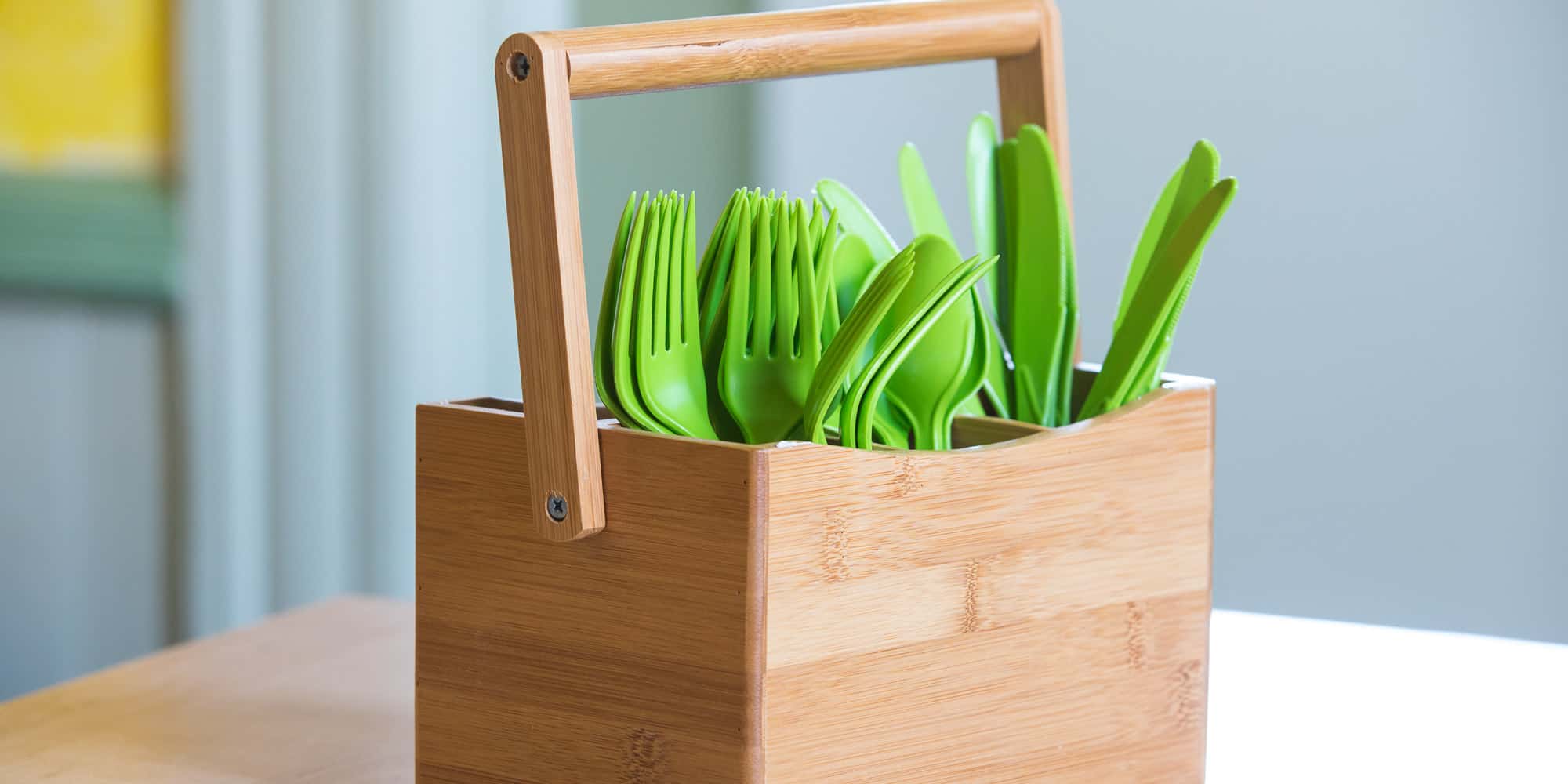
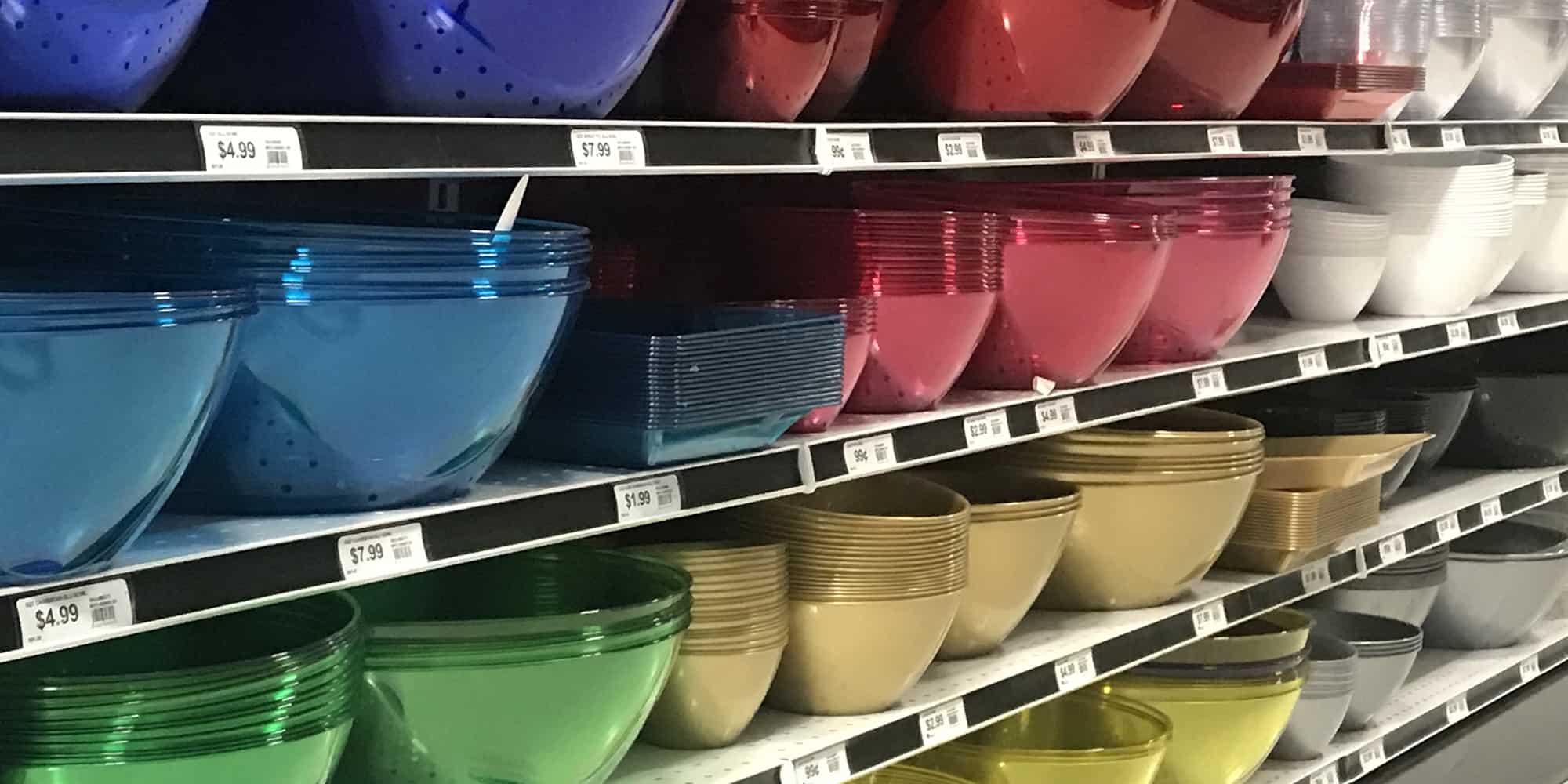
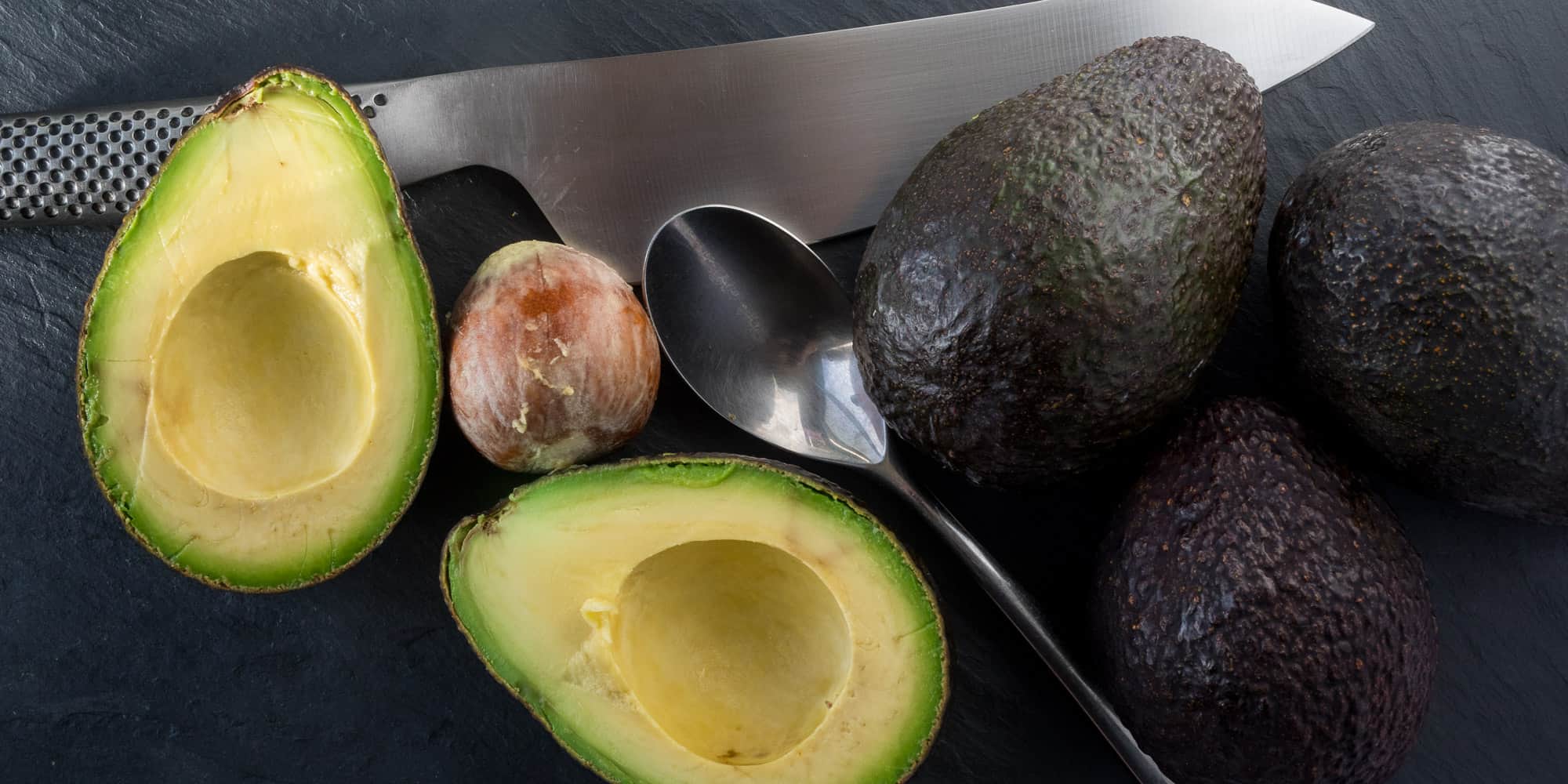

Comments
Hello there,
I have the book and I am having difficulties understanding the pairing of flavors. Is there any videos on how to do this. I’m sorry butI’m a little slow, I was hit by an 18 wheeler. I tried to redo the sample and can’t figure out where, how the sample has some stuff in the best pairings. Could you please help me it would be greatly appreciated.
Thank you
Eric Platek
Hi, Eric — I’m sorry to hear that! I didn’t write the book, so I’m not sure if there are videos out there that explain it well. What I can tell you is that when you’re looking at a page for a certain type of ingredient, the colorful wheel on the right hand page shows different types of other ingredients that share flavor compounds. The longer the bars, the more that ingredient plays well with your ingredient. I don’t have the book in front of me right now, but just as an example, I’m pretty sure on the tomato page, the color wheel shows long bars for ingredients such as basil and mozzarella, which helps explain why a margherita pizza is so awesome. I hope that’s helpful!